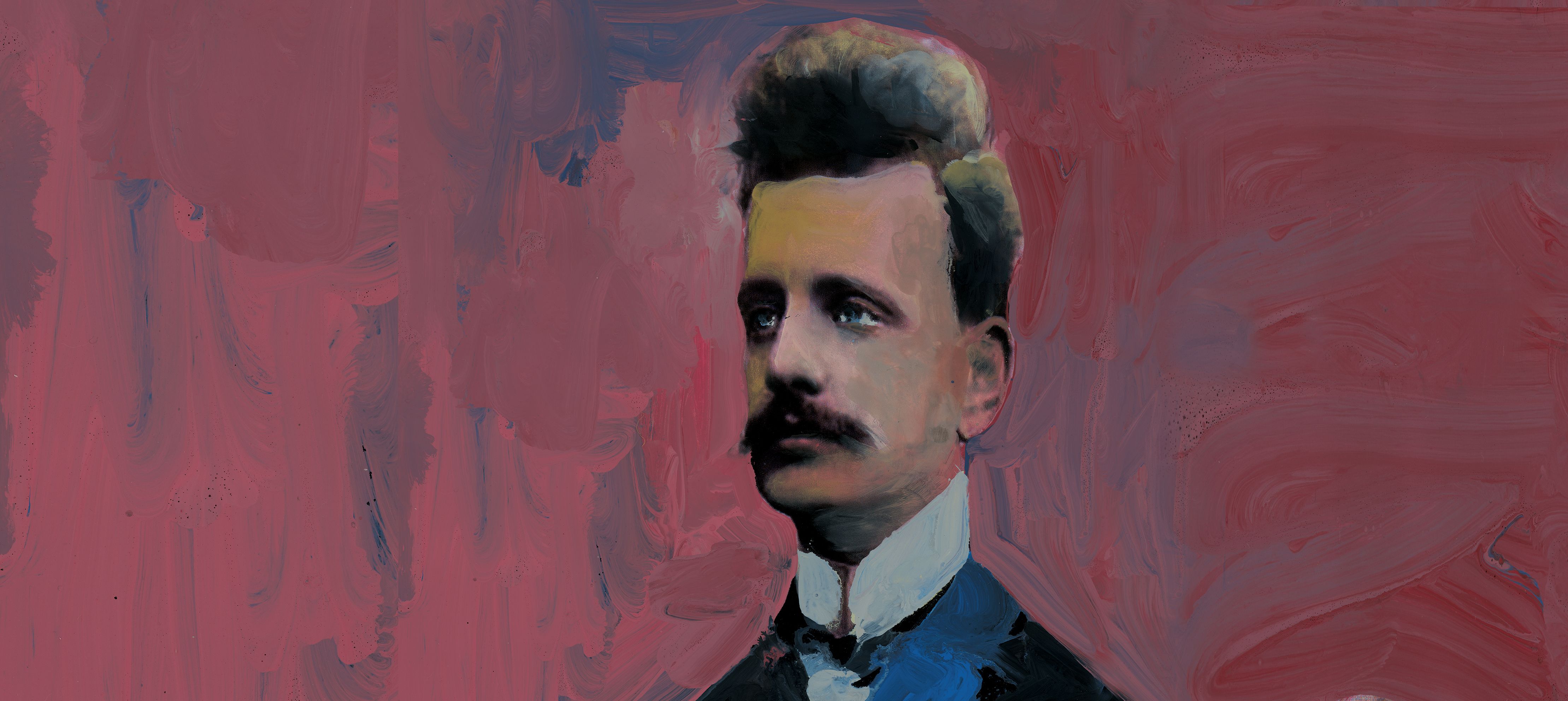21 novembre 2025: Pietari Inkinen torna sul podio dell’Orchestra del Maggio

On Friday, 21 November 2025, at 8 p.m., Maestro Pietari Inkinen returns to the podium of the Maggio Orchestra for a symphonic concert.
The program features Jean Sibelius’s Symphony No. 2 in D major, followed by Maurice Ravel’s choreographic poem La valse and the orchestral suite Daphnis et Chloé.
Florence, 18 November 2025 – More than ten years after his last concert at the Theatre, Maestro Pietari Inkinen returns to lead the Orchestra of the Maggio Musicale Fiorentino for a new symphonic event in the Maggio’s autumn concert season.
The concert — scheduled for Friday, 21 November 2025, at 8 p.m. — presents works by Jean Sibelius and Maurice Ravel.
The evening opens with Symphony No. 2 in D major, Op. 43 by Jean Sibelius: composed between 1901 and 1902 during a holiday in Liguria and premiered in Helsinki the following March, the Second Symphony is among the most popular of the composer’s seven symphonies. Like many of Sibelius’s works, it is rich in lyrical energy inspired by Finnish folk song.
The concert continues with two works by Maurice Ravel, both linked to the world of dance.
La Valse, composed between 1919 and 1920 and originally intended for Sergei Diaghilev’s Ballets Russes: it was Diaghilev himself — founder and impresario of the historic dance company — who asked Ravel to create a piece celebrating the quintessence of the Viennese waltz. Diaghilev, however, described it as “a masterpiece, but not a ballet,” and La Valse was therefore performed in concert form on 12 December 1920 at the Théâtre du Châtelet in Paris. Only years later, in 1929, was it brought to the stage by the dancer Ida Rubinstein.
The program concludes with Daphnis et Chloé, Suite No. 2.
Also composed for Diaghilev’s Ballets Russes and among the most beloved works in Ravel’s symphonic repertoire, it was inspired by a novel by Longus. The three-part ballet tells the love story of two young shepherds, Daphnis and Chloé — a tale shaped around forced separation and final reunion after many trials, all set against an evocative pastoral backdrop. From the ballet, Ravel later created two suites gathering the most significant moments of the score: Suite No. 2, dating from 1913, includes three pieces from the third part: Lever du jour, Pantomime, and Danse générale.
Pietari Inkinen — who made his debut at the Maggio in January 2008 — began studying violin and piano at an early age and earned diplomas in violin and orchestral conducting from the Sibelius Academy in Helsinki, later perfecting his training at the Hochschule für Musik in Cologne under the guidance of Zakhar Bron. His international career has developed through positions of increasing responsibility, starting with his appointment as Music Director of the New Zealand Symphony Orchestra, of which he remains Honorary Conductor. He later held other prestigious posts, including Chief Conductor of the Japan Philharmonic Orchestra, the Ludwigsburg Schlossfestspiele Orchestra, and the Prague Symphony. From 2017 to 2025 he served as Chief Conductor of the Deutsche Radio Philharmonie, focusing on Romantic and late-Romantic repertoire and promoting major recording projects dedicated to Dvořák and Prokofiev. Since January 2022 he has been Music Director of the KBS Symphony Orchestra in Seoul. In the operatic field, Maestro Inkinen has distinguished himself for his interpretations of Wagner’s Ring des Nibelungen, culminating in the new production presented at the Bayreuth Festival. His readings of Wagner have earned him significant international recognition, including the Helpmann Award, the Green Room Award, and the prestigious Premio Franco Abbiati.



